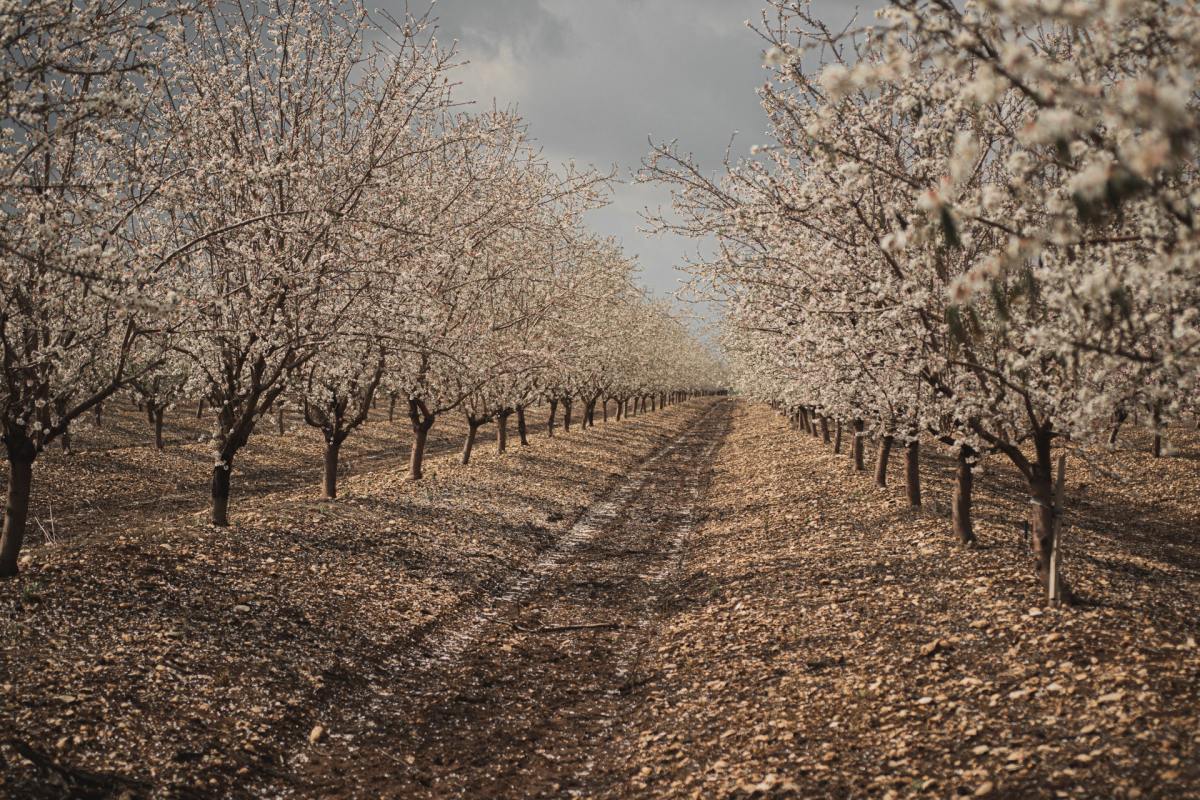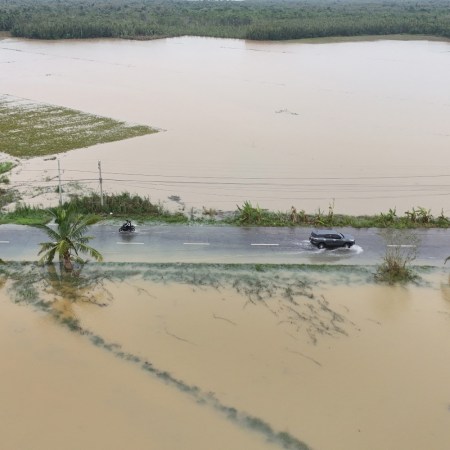Climate change has had a destructive effect on a host of aspects of life on the planet Earth today. Among them is agriculture, which makes sense — if you take a plant used to a specific range of temperatures and suddenly change those, something that had previously thrived might start to die off. The same is true for the amount of water it gets, the amount of sunlight and the animals that might help it reproduce.
The last few years have seen alarming reports on the effects of climate change on winemaking and fruit breeding — and that’s just the tip of the (melting) iceberg. But a group of scientists is looking to expand what we know about how different kinds of trees hold up under different extreme conditions. And with many of the world’s biomes in a state of flux, this information is more and more essential to understanding aspects of what farming might look like in the years to come.
At Atlas Obscura, Diana Hubbell documented the work being done by the Wolfskill Experimental Orchards at UC Davis. That’s its informal name; it’s also known as the “torture orchard.”
Professor Pat J. Brown explained the origin of the nickname with an anecdote about one of the orchards’ earliest projects — removing all irrigation to a group of pistachio trees. After not being watered for the duration of the summer, Brown and his colleagues realized something about the trees in question — they could survive under drought conditions.
Pistachios are only one of the varieties of fruit and nut trees being put to the test in the orchards. And while proving survival is one thing, the article goes on to note that finding a strain of tree that will both survive extreme conditions and produce something edible and tasty is another challenge. But it’s vital work as the effects of climate change grow more extreme and prospects for the future look more alarming.
Thanks for reading InsideHook. Sign up for our daily newsletter and be in the know.


















